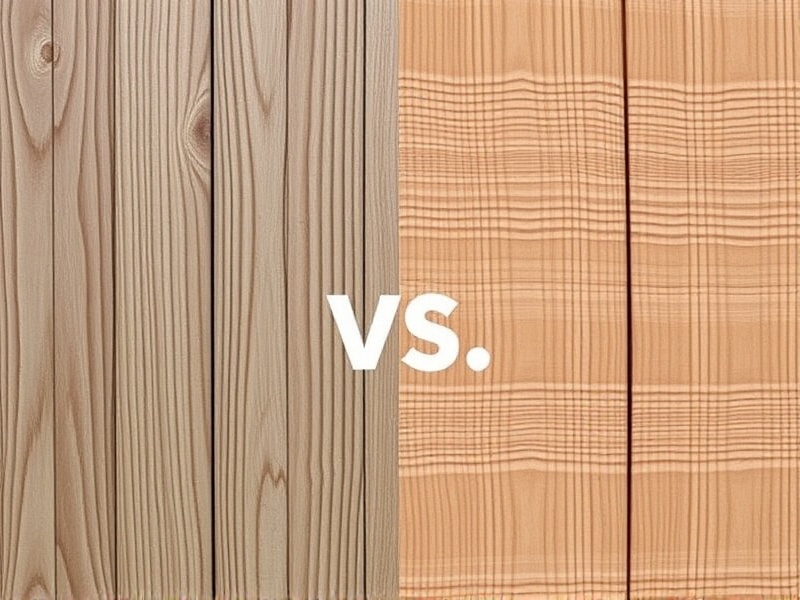Our Location
304 North Cardinal St.
Dorchester Center, MA 02124

In recent years, composite wood has emerged as a popular alternative to traditional wood in various applications such as flooring, decking, and furniture. Composite wood, also known as engineered wood, is a man-made product that combines wood fibers with plastic resins or other binding agents. This innovative material offers a range of benefits over its natural counterpart, but it also comes with certain drawbacks. In this article, we will analyze the pros and cons of using composite wood versus natural wood in different contexts to help you make an informed decision.
When it comes to flooring, composite wood offers several advantages. For instance, it is highly resistant to moisture, which makes it ideal for areas prone to humidity, such as bathrooms and kitchens. Additionally, composite wood floors are more durable than their natural counterparts, requiring less maintenance and lasting longer. However, they may not provide the same aesthetic appeal as solid wood floors, and their installation can be more challenging due to the need for precise cutting and fitting.
Composite wood is also widely used for decking due to its resistance to rot, insects, and weathering. Unlike natural wood, composite decking does not require regular treatment with sealants or stains, making it a low-maintenance option. Moreover, it provides a consistent appearance without the natural variations found in traditional wood. On the downside, composite decking tends to be more expensive than natural wood and can become quite hot under direct sunlight, posing a potential safety hazard.
In furniture manufacturing, composite wood is valued for its stability and uniformity, which allows for consistent quality across different pieces. It is also easier to work with, enabling manufacturers to create intricate designs and shapes that would be difficult to achieve with natural wood. Nevertheless, composite wood lacks the natural warmth and unique grain patterns of traditional wood, which some consumers find essential for achieving a particular aesthetic in their home decor.
Another important aspect to consider when comparing composite wood and traditional wood is their environmental impact. While both materials have their own set of environmental concerns, composite wood generally requires fewer resources and produces less waste during production compared to traditional wood. Furthermore, many composite wood products are made from recycled materials, contributing to sustainability efforts. However, the manufacturing process of composite wood involves the use of chemicals, which can have negative effects on air and water quality if not properly managed.
Both composite wood and traditional wood have their own strengths and weaknesses depending on the application. Composite wood excels in terms of durability, moisture resistance, and low maintenance, making it suitable for high-traffic areas and outdoor projects. On the other hand, traditional wood offers a timeless aesthetic and natural beauty that cannot be replicated by man-made alternatives. Ultimately, the choice between these two options depends on your specific needs, preferences, and values. By weighing the pros and cons carefully, you can make an informed decision that best suits your requirements.